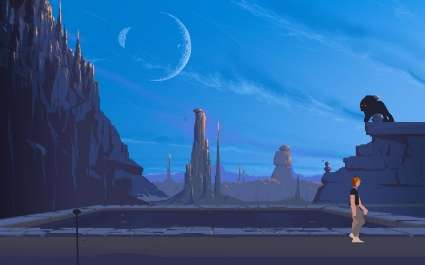rocketpig said:
It was common practice in WWII to require visual confirmation of the target before dropping bombs. Oh, and Hiroshima was always the primary target. They had two "back up" cities planned for the reason I just listed. Suggesting that the military sent planes armed with a nuclear weapon over Japan blindly hoping to find something to drop it on is fucking ludicrous. Unless you think it's coincidence that Americans dropped the bomb on the city that housed the command center for the Army's defense of southern Japan, which is where the Americans would invade if it came to that point. I mean, really. |
We narrowed it down to 7 or 8 cities. Then we bombed the entire country except for those cities. We didn't know which one we were going to bomb yet, and decided that on that date we'd bomb the city with the best weather. We bombed the whole country except for Kyoto and Nara (due to their huge clusters of thousand-year old temples and shrines) and those 7 or 8 cities (because we wanted those cities to be completely unscathed before the bomb, for the before and after pictures).
When the bomb hit, Hiroshima wasn't the powerful command center we'd like to think it was. Japan was already running out of soldiers, ammo, fuel, and food. The city had some soldiers of course, but it was mostly women, children, and Koreans.
The U.S. hid all this info for several decades, but after the Cold War they donated those photos and this information to Hiroshima's Peace Memorial Museum as a token of good will.






















